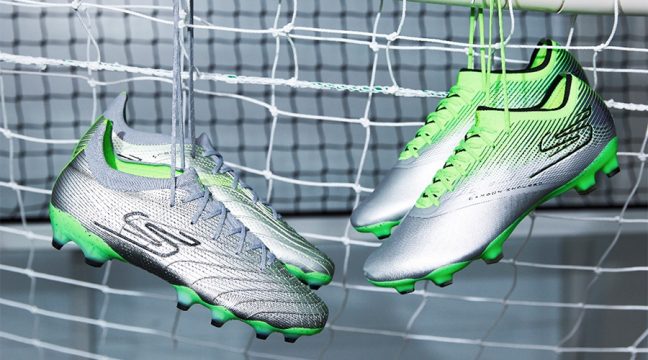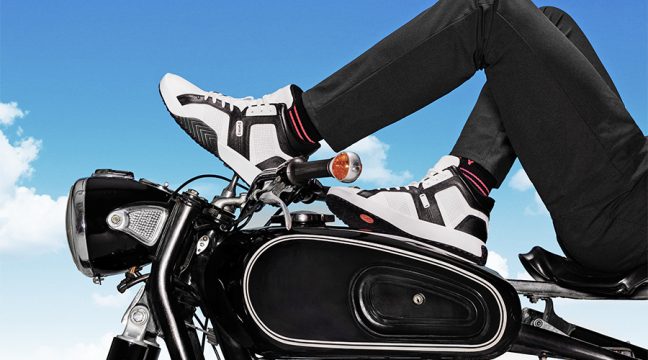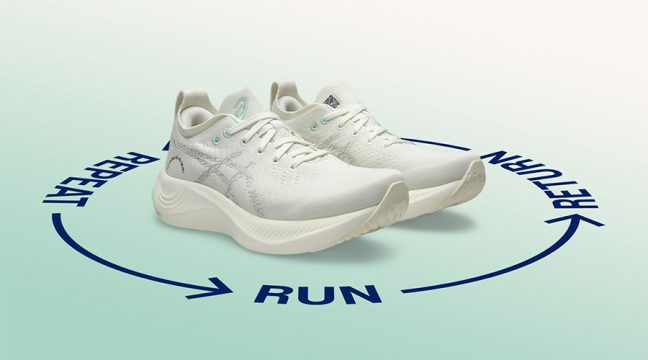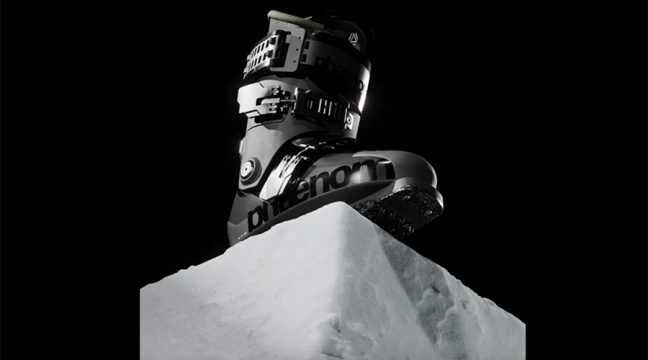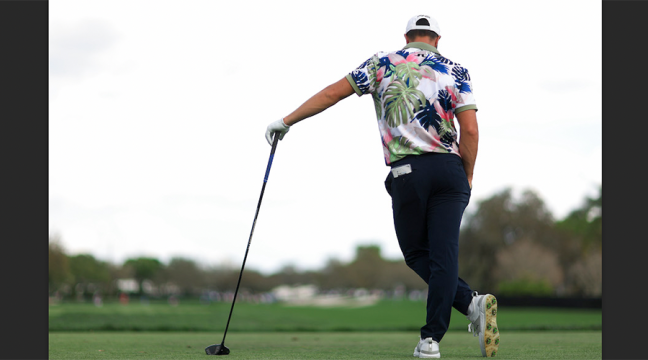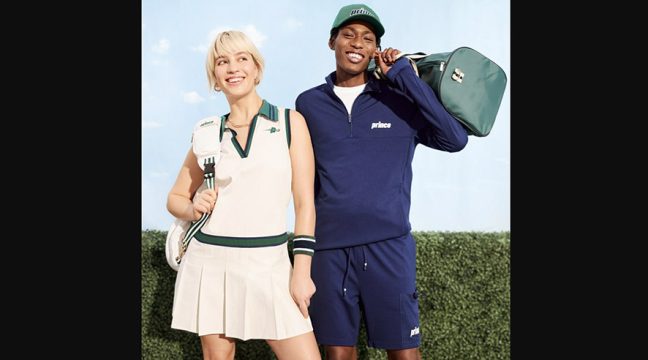Summer eyewear brings color to life with a nod to the environment and a touch of vintage flair.
By Courtney Holden
Warmer weather, longer days and more time spent out in the sun means consumers are reaching more readily for their favorite pair of shades. And they need a pair that fits a long list of criteria.
“From serious athletes to weekend warriors and everybody in between, the choice comes down to shades that possess the right balance of performance, protection, style and durability — not necessarily in that order,” said Barbara Rodriguez, eyewear marketing manager for Bollé.
The sale of sunglasses at industry retailers has dipped in the trailing 52 weeks — down 8 percent in units, but just 1 percent in dollars, according to the latest SSI Data*, through March 19, 2016. That suggests while consumers bought fewer sunglasses during the past year, they were still willing to pay a decent price for sunglasses that they did purchase. Sales strength were within the category during the past year continues to come from the higher-priced polarized and performance lenses over fashion-oriented models, SSI Data* shows.
Looking ahead to this summer, consumers will get a chance to see the world both a little brighter — thanks to color-enhanced lenses — and a bit clearer with the prevalence of anti-fog, anti-glare and anti-smudge lens coatings. The environment will see benefits as more brands turn to castor-based, rather than petroleum-based, resins in frames and lenses. In aesthetics, there’s a movement toward dual-purpose shades that perform on the trail while also looking chic enough for the street—often thanks to vintage flair.

Photo courtesy Smith
Color Cues
Brands are getting creative with color — but we aren’t talking about the frames. More and more companies are introducing their own spin on color-enhanced lenses. And for good reason.
“Manufacturing and vision research technology has advanced incredibly over the last three-to-five years, allowing brands to really define visual performance characteristics way beyond what was traditionally available,” said Eric Carlson, global design and marketing director at Smith. “Following the wide-spread appreciation for polarized lenses to reduce or eliminate glare, color enhancing or color managing lenses are the next wave of demonstrable technology from a consumer standpoint.”
So how does it work? According to Costa Sunglass Vice President of Product Development, John Sanchez, light waves bouncing off different surfaces, combined with highly variable outdoor light conditions, effects how the eye’s photoreceptors (or light receptors) adjust. Color-enhanced lenses are formulated to balance that scattered light to provide what’s arguably an optimized visual experience of “truer” blues, reds and greens.
How brands achieve that balance of scattered light varies. Native Eyewear uses a trilaminate frame construction that it claims withstands adventurous use better than traditional painted treatments. Smith embeds its ChromaPop technology into the lens to ensure consistency and durability. And Costa fuses proprietary “earth elements” into its lenses when the glass is being melted and cured for polishing.
Spy Optic calls itself the “first and only” brand to use color- and contrast-enhancing technology to boost the user’s mental state. The brands proprietary Happy Lens is designed to allow the suns “good,” long-wave blue light rays in, while blocking the suns “bad,” short-wave blue light and UV rays.
“Research indicates that exposure through the eyes to these ‘good’ rays brings about a number of positive physiological changes, including elevated mood and increased alertness,” said the brand’s Senior Eyewear Designer, Keith Asher.

Photo courtesy Costa and Jess McGlothlin
A Fresh Coat
Lens coatings of all types will feature prominently on this year’s summer eyewear. Polarized lenses of course are a staple, especially among anglers. Inner lens anti-fog treatments that disperse condensation have grown in popularity, too.
“Sunglasses need to fit the face well and to remain fog-free for people to grab them every day and to use them without thought,” said Andrew Gerlach, president of Bliz Active Eyewear America.
Also keep an eye out for anti-glare treatments that absorb reflected light approaching the eye at an angle, as well as hydrophobic and oleophobic anti-smudge treatments that cause water to bead and form a barrier against oils. In aesthetics, a mirrored coating on the lens continues to be popular especially among younger consumers.

Photo courtesy Bliz Active Eyewear
Natural-born Fillers
A host of brands are turning to eco-friendly, plant-based materials to fill in for heavier-impact substances like petroleum. Often that means using a castor-based resin for frames and lenses. Mike Lewis, director of brand activation and digital strategy at Zeal Optics, pointed out that using these materials allows consumers to have their cake and eat it too.
“When you hear ‘sustainable materials’ or ‘more environmentally friendly,’ everybody thinks that there’s going to be a trade-off, whether it’s price or quality,” he said. “But in the development that we’ve done, this material is lighter … it lasts just as long, and the optics of the lenses are actually better. And, they’re at a very similar price-point to a typical polycarbonate lens.”
And the benefits don’t stop with the materials. For Costa at least, incorporating a bio-based resin into the frame construction helped reduce manufacturing process emissions by up to 40 percent.
Shwood takes a slightly different approach to the environmental trend by incorporating natural materials like pheasant feather and sugar bush flowers. Through an in-house casting process, the materials are processed to create natural texture and colors on the exterior of their Stabilized Series frames.

Photo courtesy Sunski
Fashion Meets Function
The athleisure movement that’s dominated lifestyle apparel for the past two seasons isn’t finished yet. Now the trail-to-town trend is infiltrating the eyewear scene.
“You can look good in the outdoors and you don’t have to sacrifice performance,” said Tom Stewart, co-founder at Sunski. “You can also have high quality glasses in the city.”
These fashion-forward, yet adventure-ready sunglasses tend to feature rubberized temples and nose pieces that make the shades more comfortable for extended use. They also merge traditionally style-focused frame silhouettes (think square or round shapes, rather than the sleeker, face-fitting frames) with high-performance lenses. Some brands point to the economic advantage as the reason for the trend — after all, a quiver of one is less expensive than buying multiple pairs — but others say consumers are looking to incorporate their day-to-day fashion habits into the items they wear during athletic endeavors.
“More and more people prefer to be recognized by their personal style rather than a style set by an individual sport,” said Nick Yardley, U.S. CEO for Julbo. “It’s not so cool to look like you’re a hardcore, niche athlete. Better to be the young, cool athlete who goes out and blows away the pros — and if you can’t blow them away, just leave them guessing.”

Photo courtesy Zeal Optics
Blast From The Past
Brands are still sifting through their archives in search of eyewear inspiration, as seen in the continued popularity of vintage styles. These simple silhouettes use shape to add character rather than the sparkle or jewel embellishments found in seasons past. Keep an eye out for natural, subdued tones and keyhole nose bridges. Metal aviators à la Tom Cruise in Top Gun remain best sellers in the wire segment.
Another standard feature of vintage style: lenses with little to no curve. But while that characteristic may look très chic, it means diminished coverage since light can enter in through the exposed sides.
As Tom Fox, vice president of research and development for Optic Nerve, sees it though, “that’s the only real drawback [of vintage-style frames] … and it’s being overlooked for fashion.”
*SSI Data, powered by SportsOneSource, collects and analyzes point-of-sale data from more than 20,000 retail doors across nine channels of distribution. To learn more call 303.997.7302.
Lead photo courtesy Shwood



